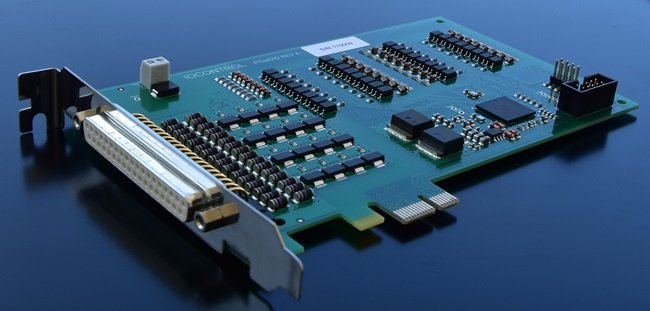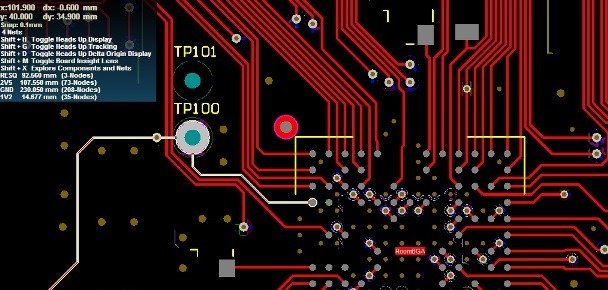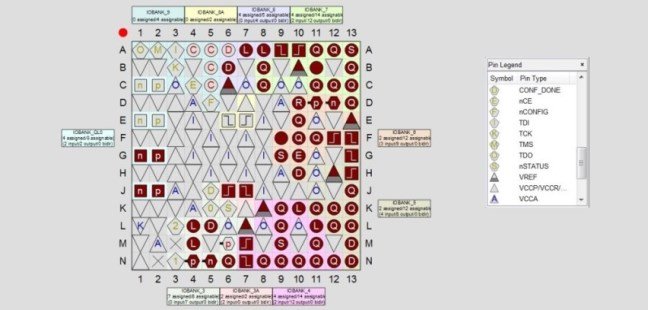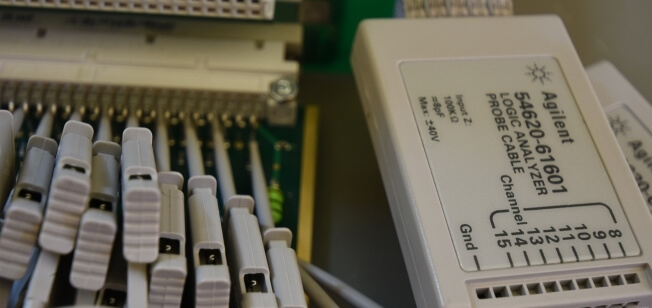Answers to commonly asked questions - FAQ
Welcome to our FAQ section. Here we compiled some of the questions our customers have commonly asked us and provided you with a straightforward answer. And if you don't manage to find what you're looking for, you're more than welcome to contact us.
| Q: As there are two different installation directories in your driver packages, is there a difference between the Windows 10 drivers and the drivers supporting older Windows editions like Windows 7? |
| A: The only difference is the code signing. Due to the introduction of a new kernel-mode driver signing policy in connection with the release of Windows 10, the installation directory of the driver package contains two directories. The contents of both only differ regarding the digitally-signed catalog files and the software publishing certificates required during the installation of the driver; the binaries of the driver for the same architecture, 32-bit or 64-bit, are identical in all supported Windows editions. |
| Q: Why do you provide additional jumpers to distinguish between several cards of the same type? |
| A: Of course, we could easily use the BIOS and Operating System allocation only as Plug and Play is fully supported, but the trouble for the user would start when more than one card of the same type is to be used within a PC system and a conclusive allocation of each card to the users' equipment is required. With the help of the jumpers, the user can clearly allocate the equipment to dedicated cards and always address the right one – even if the order of the cards within the same PC was changed or another PC shall to be used. If only one card is used, no jumpers are required. |
| Q: Why do you integrate the PCI Express Bridge in an FPGA instead using a PCI Express stand-alone PHY? |
| A: The integration of the PCI Express Bridge in an FPGA not only gives us full control over the bus itself, but also enables us to use embedded intelligence for providing many more convenient features on the board. Not only that we can implement features which were almost impossible to realize without this technology, the load on the PC's CPU can considerably be reduced. The embedded hardware in the FPGA consists of lots of state machines controlling the function and the timing of the on board periphery autonomously, i.e. without any software interaction. We then have less PC's CPU load and more efficient software drivers, particularly the kernel-mode drivers, as those do not have to control any timing of the hardware of the board. And last but not least, PCB space is spared which then becomes available for other uses. |
| Q: Do you or will you offer PCI Express Low Profile cards? |
| A: Right now we don't have any PCI Express LP cards in our portfolio due to little demand for them. But if the demand increases, we are able and willing to offer PCI Express Low Profile cards. |
| Q: Why do you recommend grounding the shield of the DSUB cable to earth via the high-voltage capacitor which is provided on the module? |
| A: The capacitor prevents DC equalization currents if the earth of the PC, where the shield of the connecting cable has direct ground contact due to the slot bracket of the PC, and the earth connected to the module differ. |
| Q: How long does it usually take to ship an order from Portugal to Germany? |
| A: It takes 3 business days for shipping within the EU and 5 business days to ship worldwide. If an express service is required, we are able to ship from Portugal to everywhere in the European Union within one business day and worldwide within 1 to 2 business days at some additional costs. |




